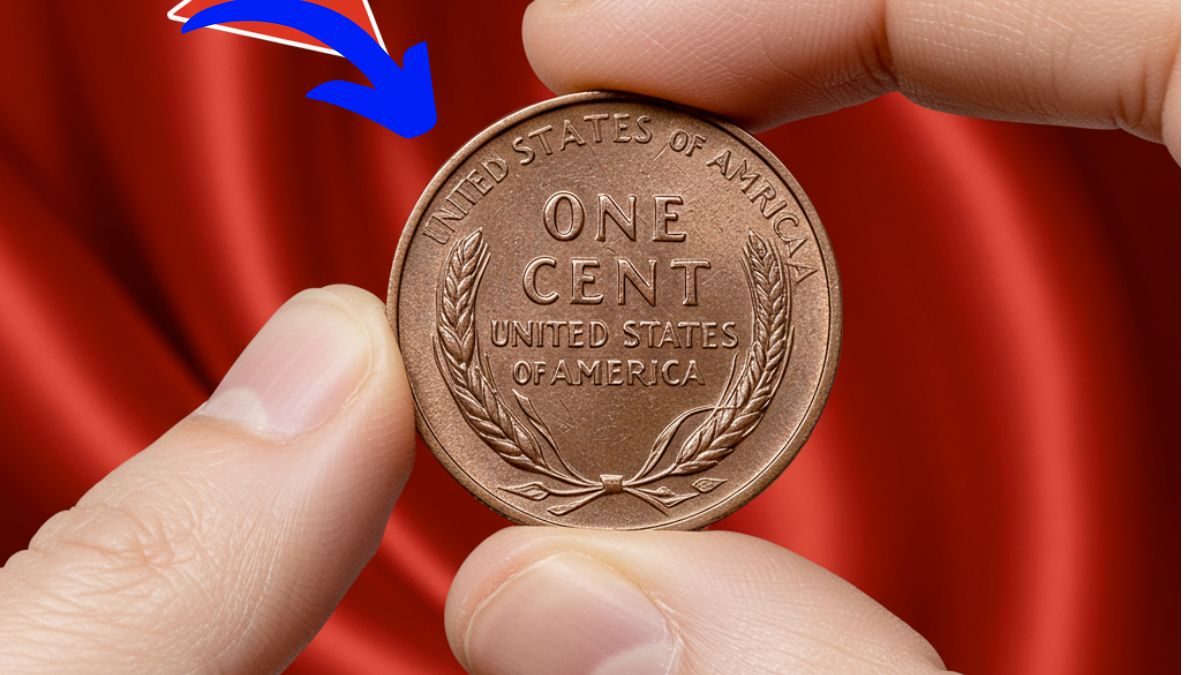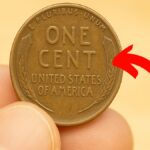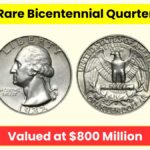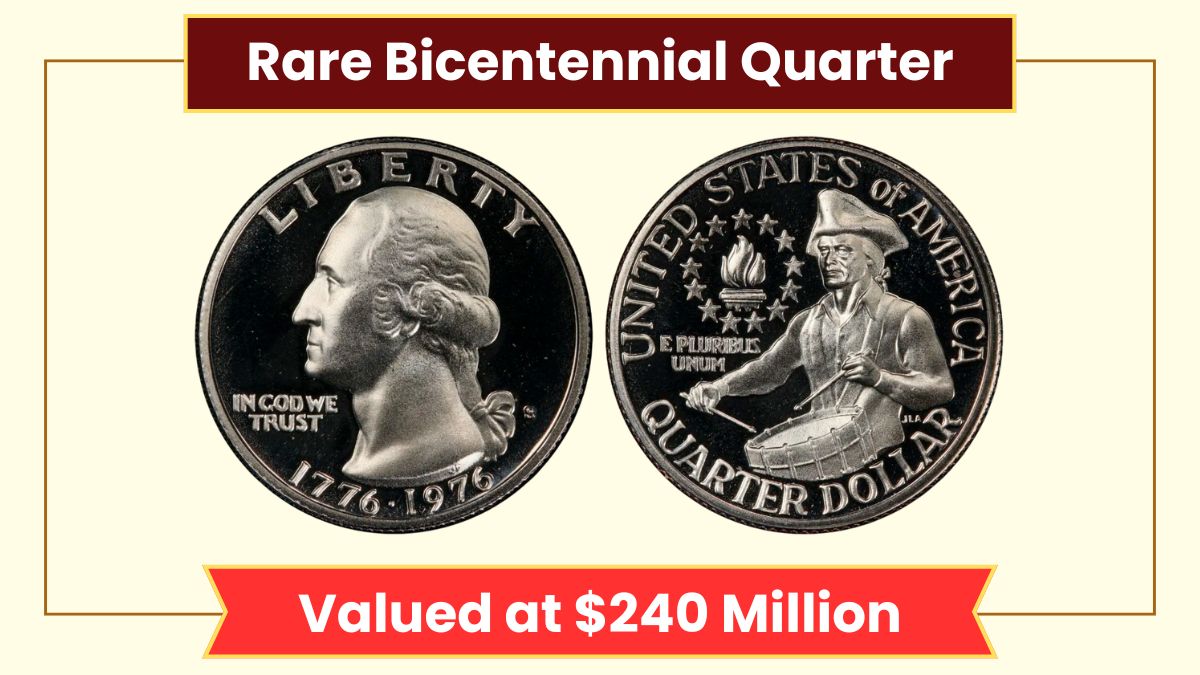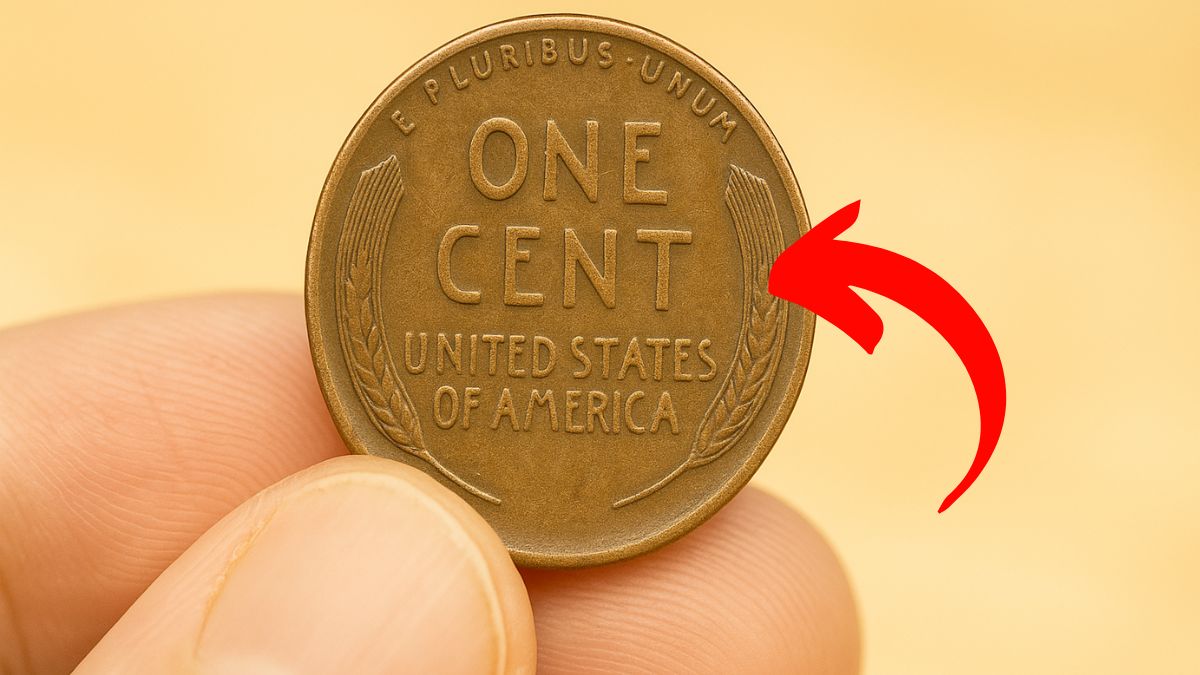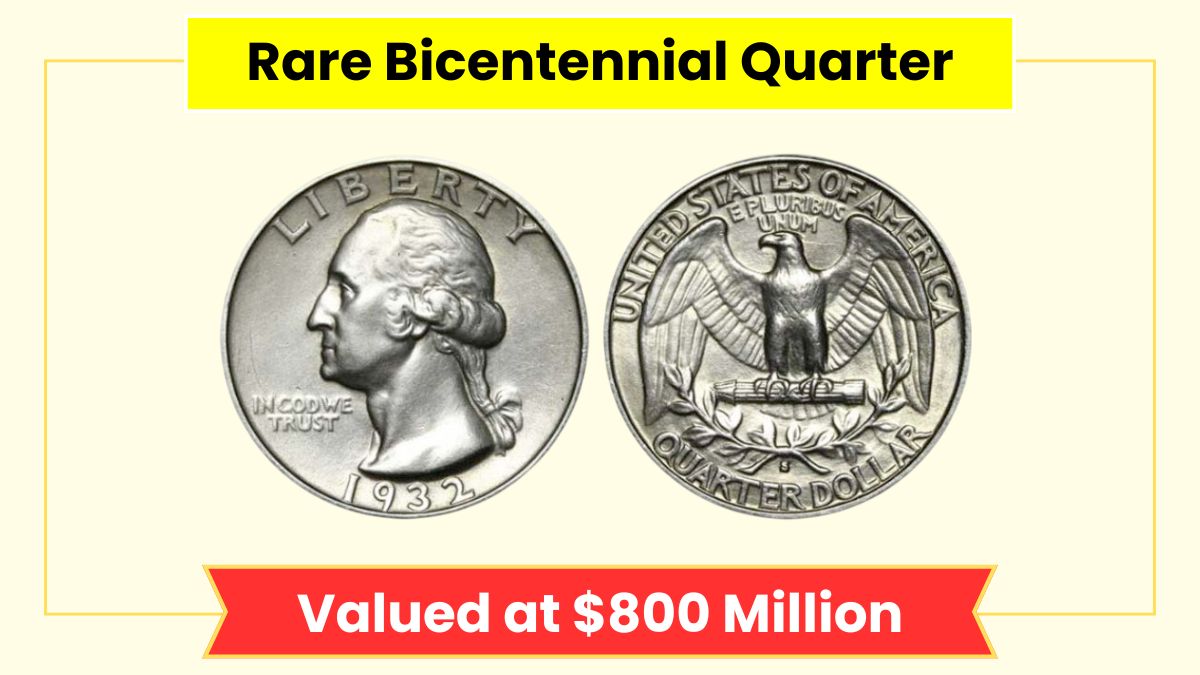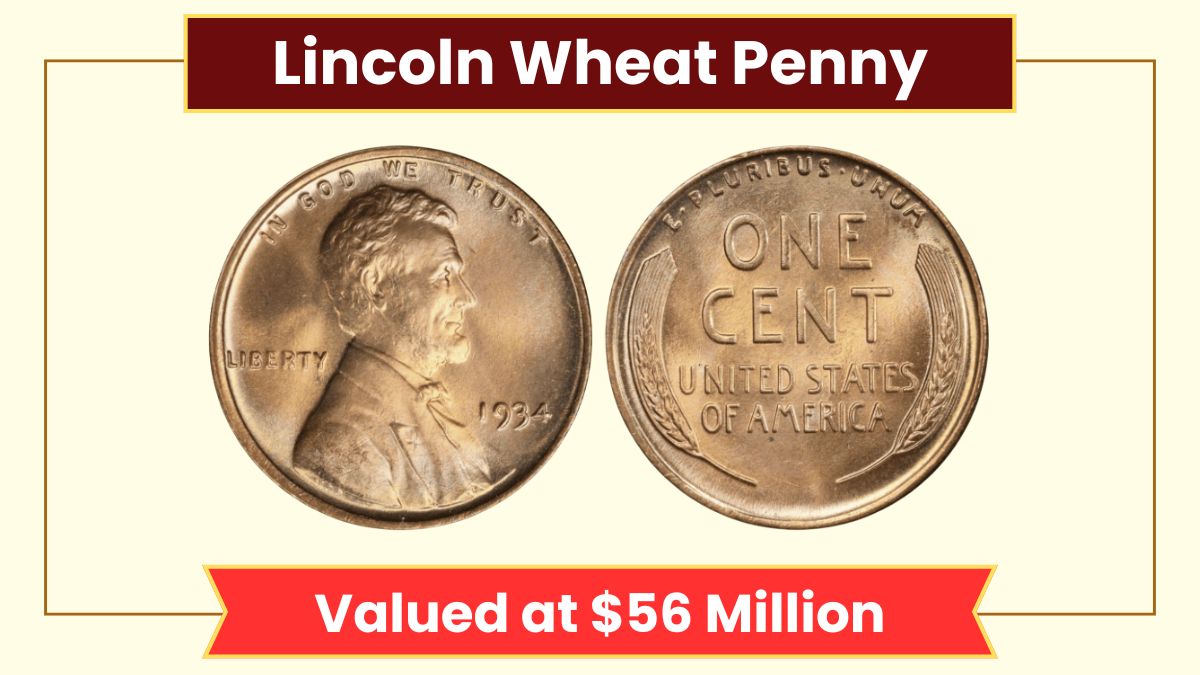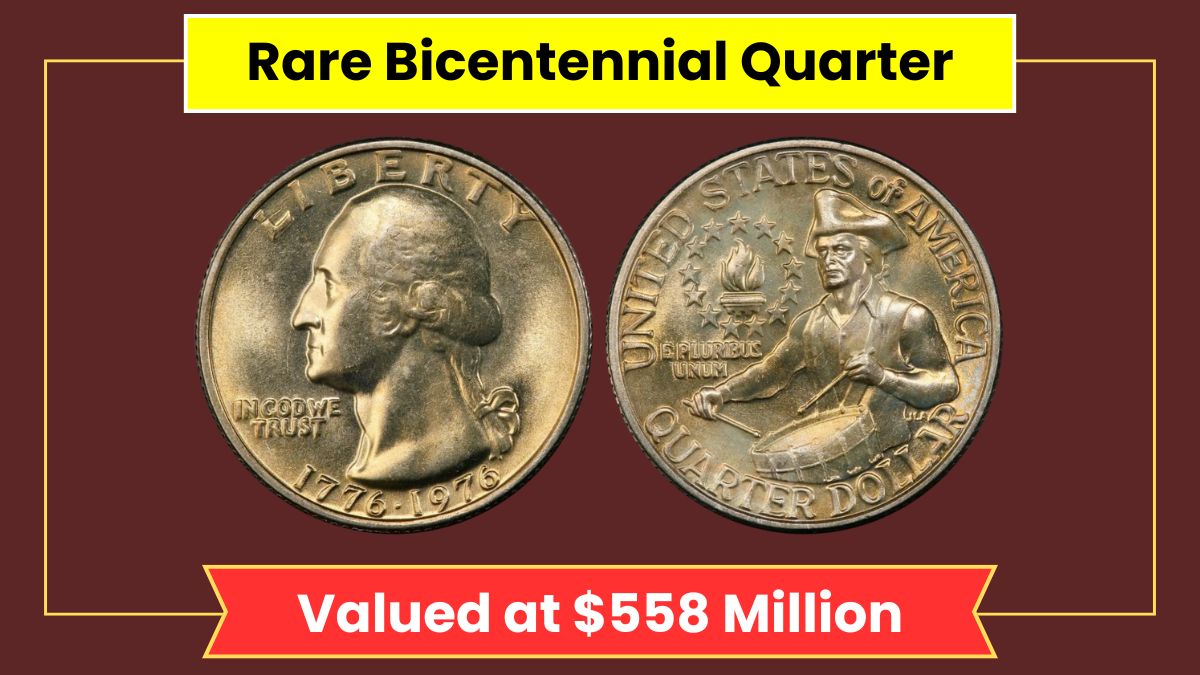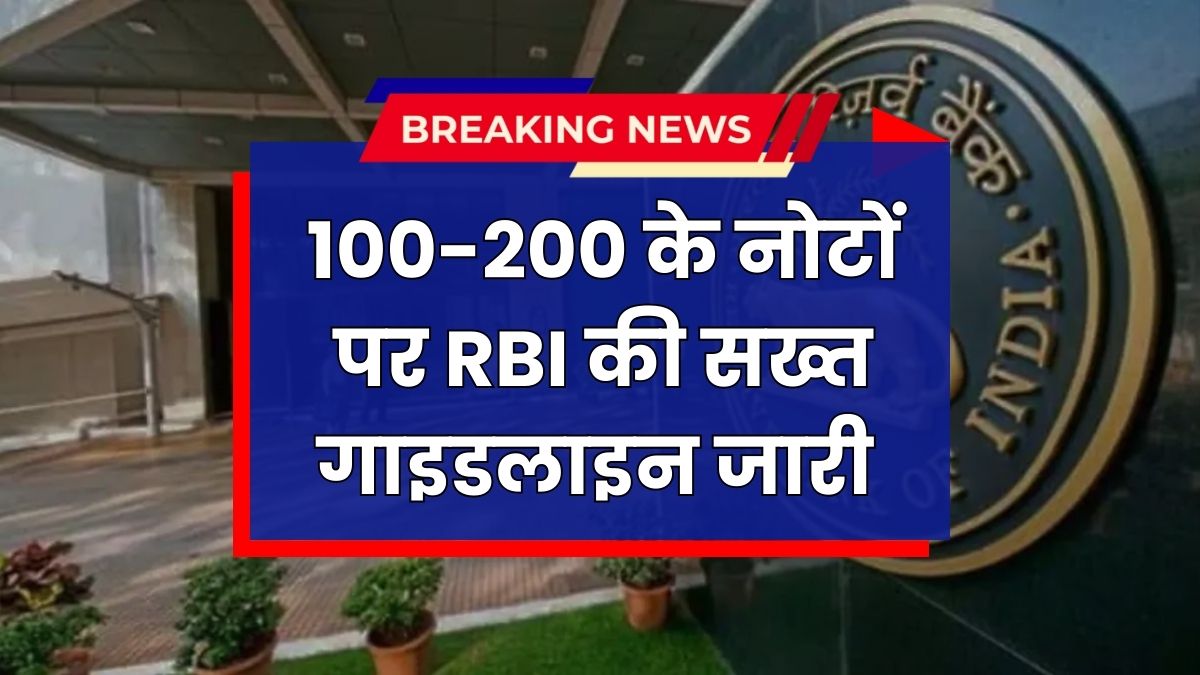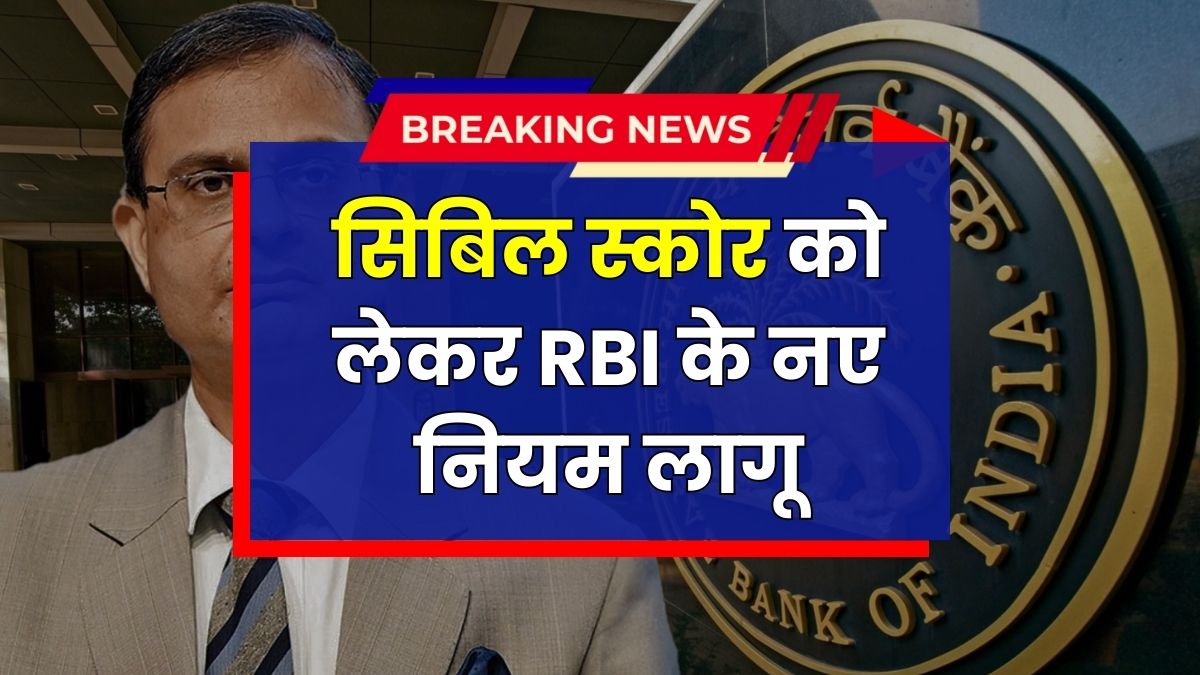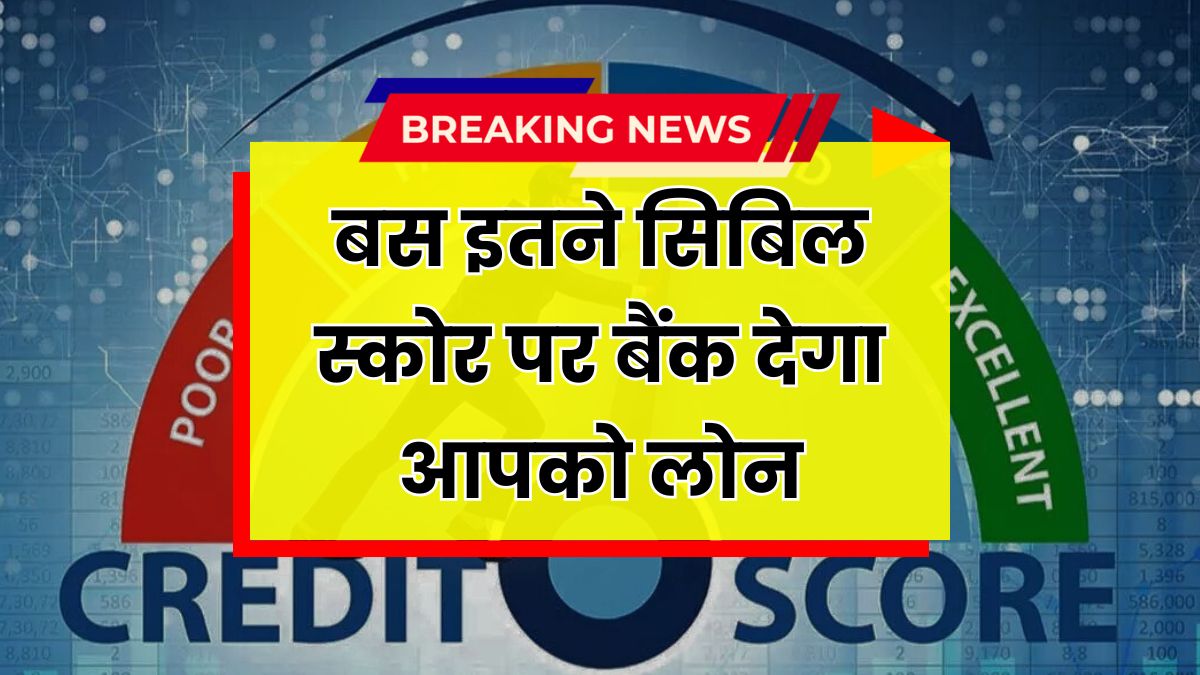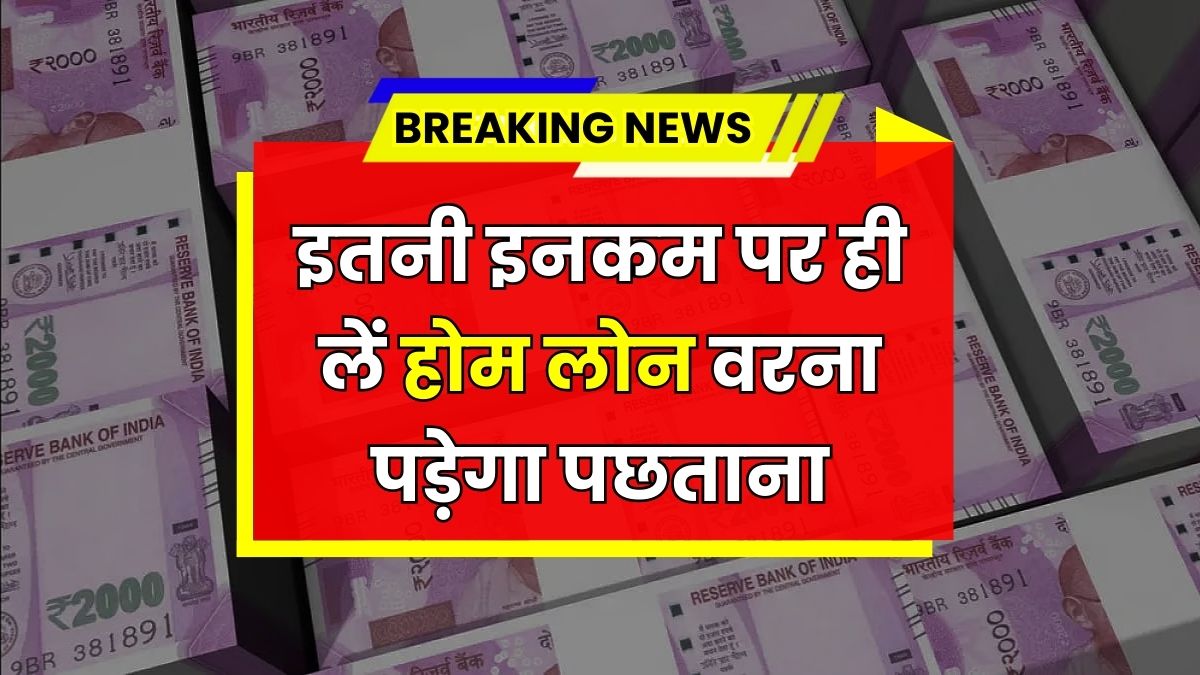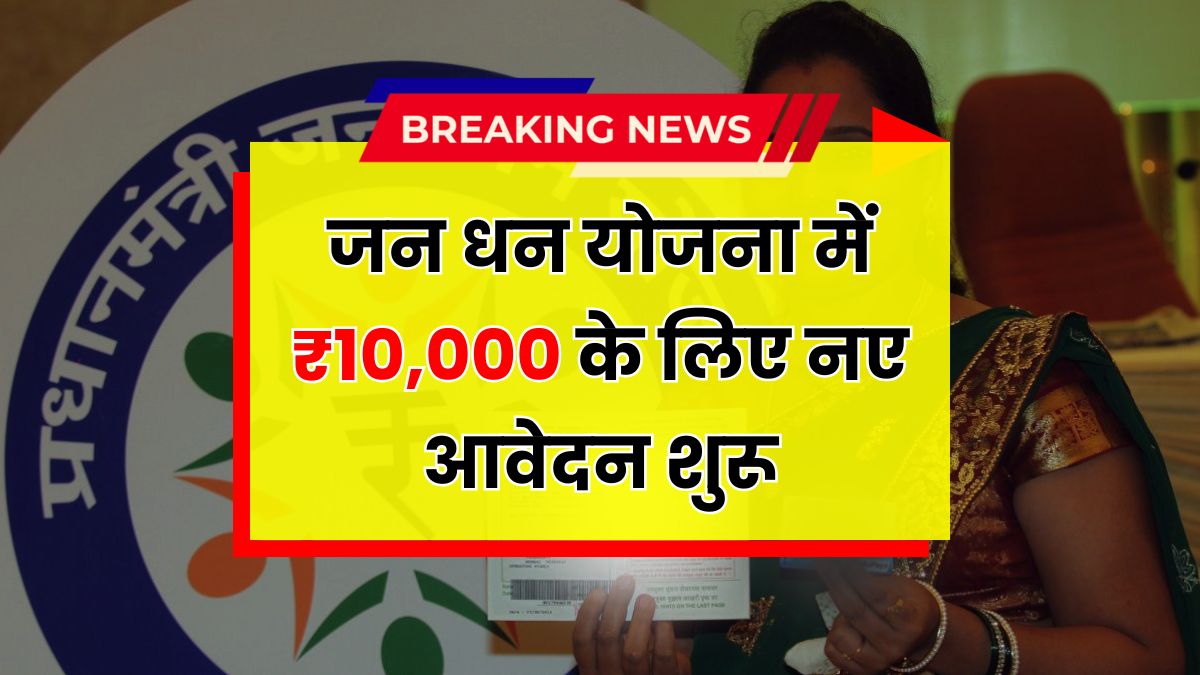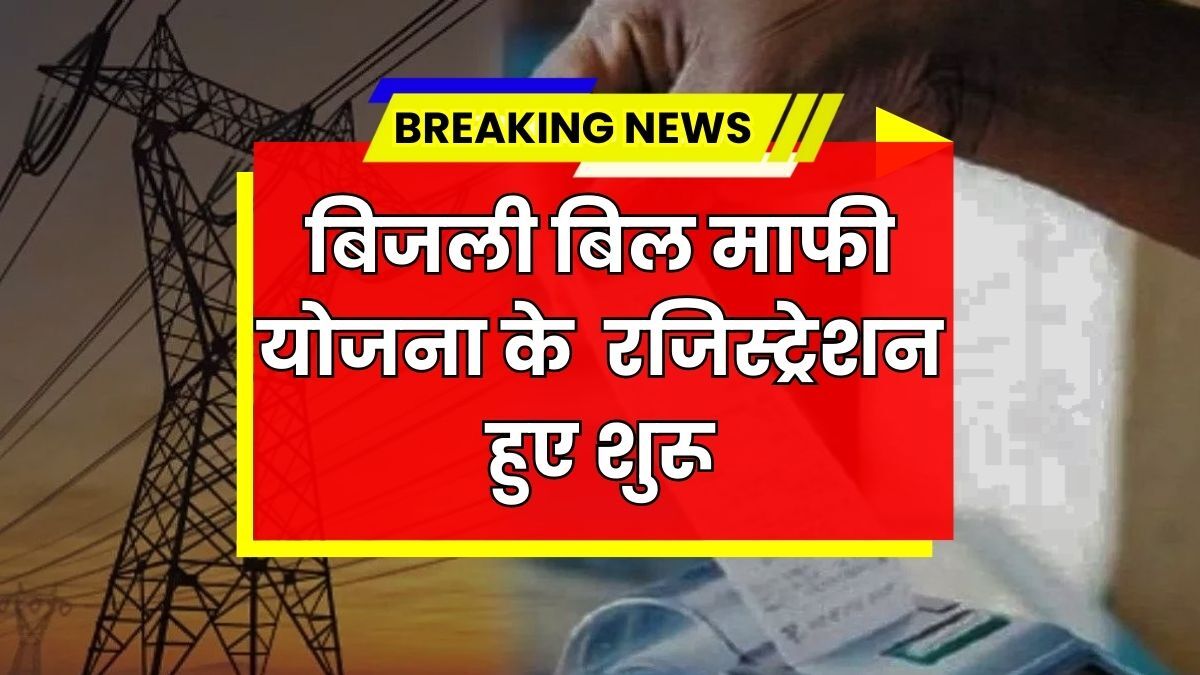Can a single penny really be worth $3.8 billion? It sounds more like a movie plot than real life, but the rumor of a Lincoln Wheat Penny being valued at such a mind-blowing figure has taken the internet by storm. While the actual story behind this coin may be full of myths and exaggerations, there’s still some truth hidden beneath the headlines. So, what’s the real story? Could there actually be a billion-dollar penny still in circulation?
Understanding the Lincoln Wheat Penny
The Lincoln Wheat Penny was first minted in 1909 to mark the 100th birthday of President Abraham Lincoln. It was a historic coin, as it was the first U.S. currency to feature a real person instead of symbols like eagles or Lady Liberty. The back of the coin displays two stalks of wheat, giving it its nickname—Wheat Penny. This design lasted until 1958 and is now highly sought after by coin collectors across the world.
The Origin of the $3.8 Billion Claim
So where did this wild $3.8 billion figure come from? The claim likely started as an internet hoax, fueled by social media posts, memes, and exaggerated news headlines. Some of these posts showed a regular-looking penny labeled as a rare error coin, claiming it was sold (or could be sold) for billions.
In truth, no coin has ever sold for billions, and there is no official record of any Lincoln Wheat Penny being valued at even close to a billion dollars. However, some versions of the coin, especially the rare 1943 bronze penny, have sold for hundreds of thousands to a few million dollars in private sales or auctions. So while $3.8 billion may be false, the idea that a penny can be worth millions is very real.
The 1943 Bronze Penny: Fact vs. Fiction
During World War II, the U.S. Mint stopped using copper to make pennies. In 1943, they used steel instead to save copper for war efforts. However, a few leftover copper (bronze) planchets were accidentally used to mint a small number of 1943 pennies. These are known as the 1943 bronze Lincoln Wheat Pennies and are incredibly rare.
Only around 10 to 15 authentic pieces are known to exist. In 2010, one sold for nearly $1.7 million. Another well-preserved version could easily go for more in today’s collector market. But billions? Not quite.
Why the Hype?
The internet loves shocking stories—and a billion-dollar penny definitely grabs attention. Many people also confuse coin condition and rarity with absolute value. For example, a rare error coin in perfect mint condition, owned by a famous collector or tied to a historic event, might be worth more than one that is worn out or common.
Sometimes the hype is created by:
- Misunderstood coin appraisals
- Fake listings on auction sites
- Clickbait YouTube videos or social media posts
- Misleading headlines suggesting unreal values
Could a Rare Penny Still Be in Circulation?
Yes, that part of the story is surprisingly true. While most people don’t pay much attention to pennies, rare coins have turned up in pocket change, old jars, piggy banks, and estate sales. That means a rare Lincoln Wheat Penny could still be hiding in plain sight.
If you find a 1943 penny that looks copper-colored instead of silver, test it with a magnet. Steel pennies will stick to a magnet. Copper ones won’t. If it doesn’t stick, don’t spend it—get it checked by a professional coin dealer or grading service.
The Real Takeaway
While there’s no verified Lincoln Wheat Penny worth $3.8 billion, the mystery and magic of rare coins are very real. Some pennies are worth thousands—or even millions—depending on their rarity, minting error, and condition.
Conclusion: Don’t Ignore Your Pennies
Even though the $3.8 billion figure is likely a myth or a joke, the buzz it created shows how fascinating coin collecting can be. The next time you see a Wheat Penny in your change, don’t ignore it. Take a closer look—you might not become a billionaire, but you could still be holding a small fortune.
Disclaimer: The prices mentioned for rare coins, including the Lincoln Wheat Penny, are not guaranteed and may not be entirely accurate due to market fluctuations and varying appraisals.
